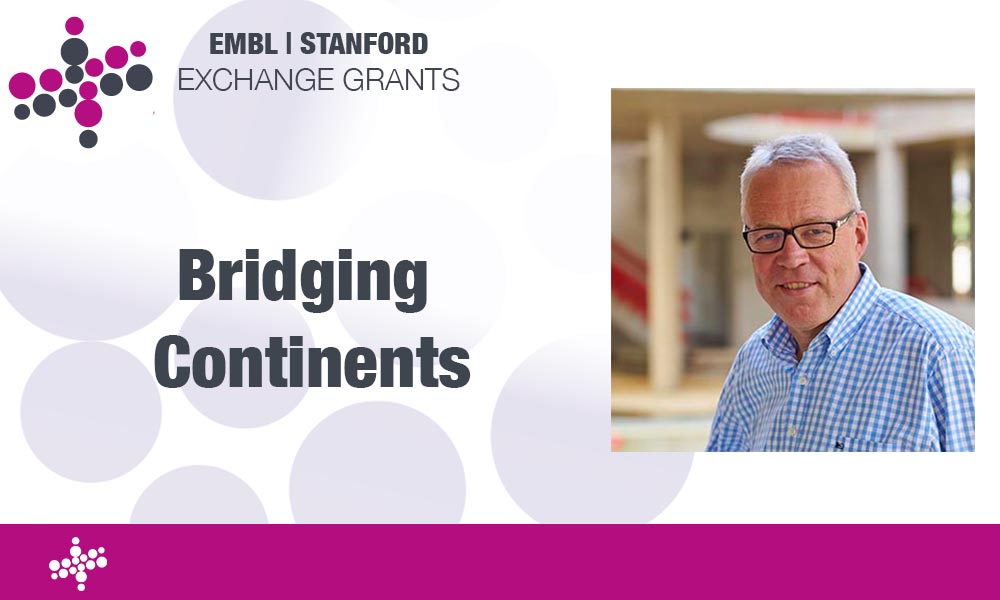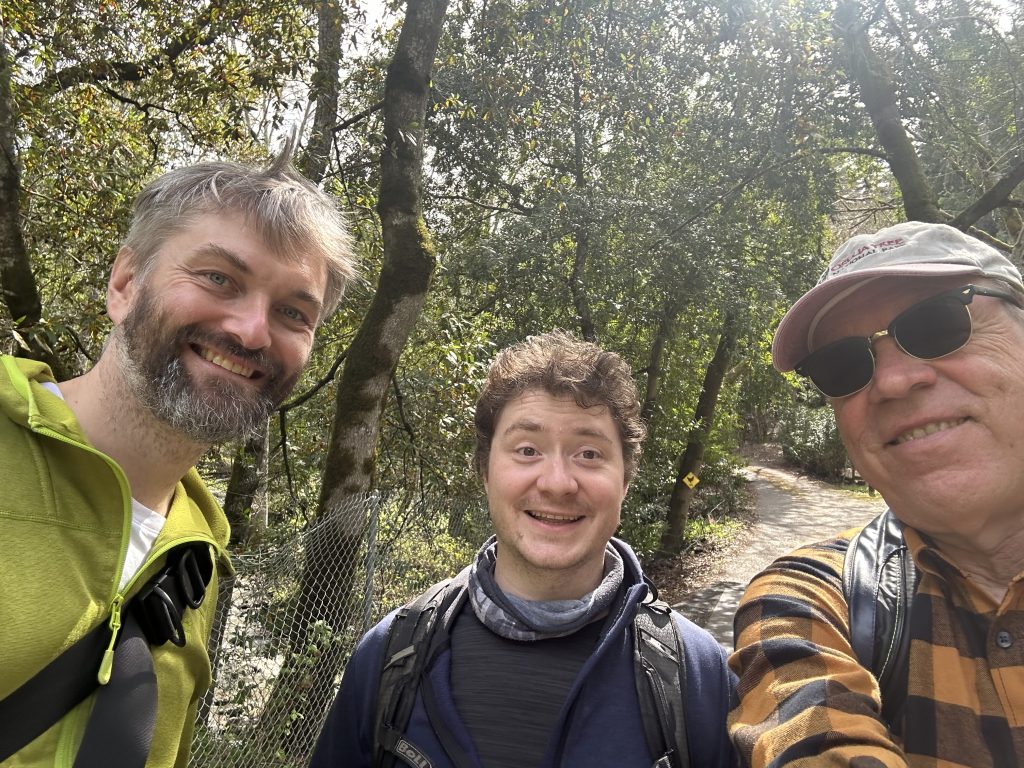Bridging Continents: An Interview with Matthias Wilmanns on the Future of Stanford-EMBL Collaboration in Structural Biology

Matthias Wilmanns is a member of the Advisory Board of the Life Science Alliance and is actively engaged in promoting cutting-edge joint research activities, training, and scientific education across our partner sites at EMBL and Stanford University.
He holds a position as senior scientist at EMBL Hamburg which he led from 1997 until recently. He is also a former founding Director of the Centre of Structural Systems Biology until 2017 and a Professor at the Hamburg University Clinical Center Eppendorf. His research group investigates a variety of protein-ligand complexes within the context of biological systems using a broad range of molecular and structural biology techniques.
Recently, Matthias visited his close collaborator, Keith Hodgson, at Stanford University. Together, they are developing a future joint Stanford-EMBL strategy for Structural Biology.
Matthias, could you provide us with a brief overview of your vision for a future joint Stanford-EMBL strategy for Structural Biology?
We tend to be Europe-centric but the world is more.
“North America has provided generations of scientists from all over the world with the most amazing opportunities to contribute to top-notch science and participate in scientific exchange, based on evidence but also inspired by the freedom to express opinions.”
EMBL has been founded 50 years ago, in part to follow this path and to provide similar opportunities in Europe.
50 years later, there is an impressive portfolio, beyond EMBL, largely supported by the European Commission to promote top-notch science across Europe. However, there is absolutely nothing comparable to support research collaboration between North America and European countries. The EMBL-Stanford Life Science Alliance is one of the very few exceptions, with generous funding from the Dieter Schwarz Foundation. Any foundation or related organization that supports such a scheme in the future will open wide doors for young scientists who wish to learn about research in North America, and vice versa for scientists from America learning about research in Europe.
What inspired you to pursue this collaboration between Stanford and EMBL and did your collaboration with Keith benefit from your visit to Stanford?
Since Keith no longer has an experimental lab, our mission is more to inspire and mediating new initiatives. He has introduced me to some of the finest scientists at Stanford University and in the nearby Bay Area, leading to new collaborations. Keith and I used the opportunity to prepare a presentation of the Life Science Alliance at the recent Transatlantic Big Science Conference 2024, which was held in Berlin, Germany. The Life Science Alliance was one of the very few projects presented, that opens concrete opportunities for young scientists and was accordingly well-perceived.
What are some other benefits of being able to visit Stanford?
“Inspiration! The smell of leading research excellence, freedom and perhaps elements of Silicon Valley.”
For those who look for greatest outdoor opportunities at their free time: stay at Stanford.

What are the unique strengths that each partner (Stanford and EMBL) brings to this collaboration?
Stanford: see above!
EMBL: see above too! EMBL perhaps has been one of the most seminal pan-European projects in post war European history, to promote research excellence across Europe, to unite Europe and to make Europe more attractive and competitive.
“EMBL is part of my genetics”.
What was your favorite part of the trip?
Bicycling to and from “work” at Stanford University across Palo Alto in spring.
Did your visit to Stanford influence your personal perspective on perceiving science?
Staying for a bit more than one month at Stanford University was my longest stay in the US since my time as a postdoc at UCLA a long time ago. The perception of the USA has dramatically changed since then, becoming much more negative. My advice to young scientists is: if you have the opportunity, experience it first-hand. It will be different from what you think and may expect. Most of you won’t regret. It will open your eyes to unexpected research opportunities, and you will gain a better understanding of America.
What are your future plans for this collaboration?
To lobby for future opportunities, to support young scientists from America and Europe to experience the other side of the pond, the Atlantic, beyond the present scheme of the Life Science Alliance.
I also have generated exciting new project-oriented collaborations.
Matthias’s visit to Stanford was supported by one of our Exchange Grants.
Read more about the research in the Matthias’s group at EMBL or about Keith’s research interests at Stanford.